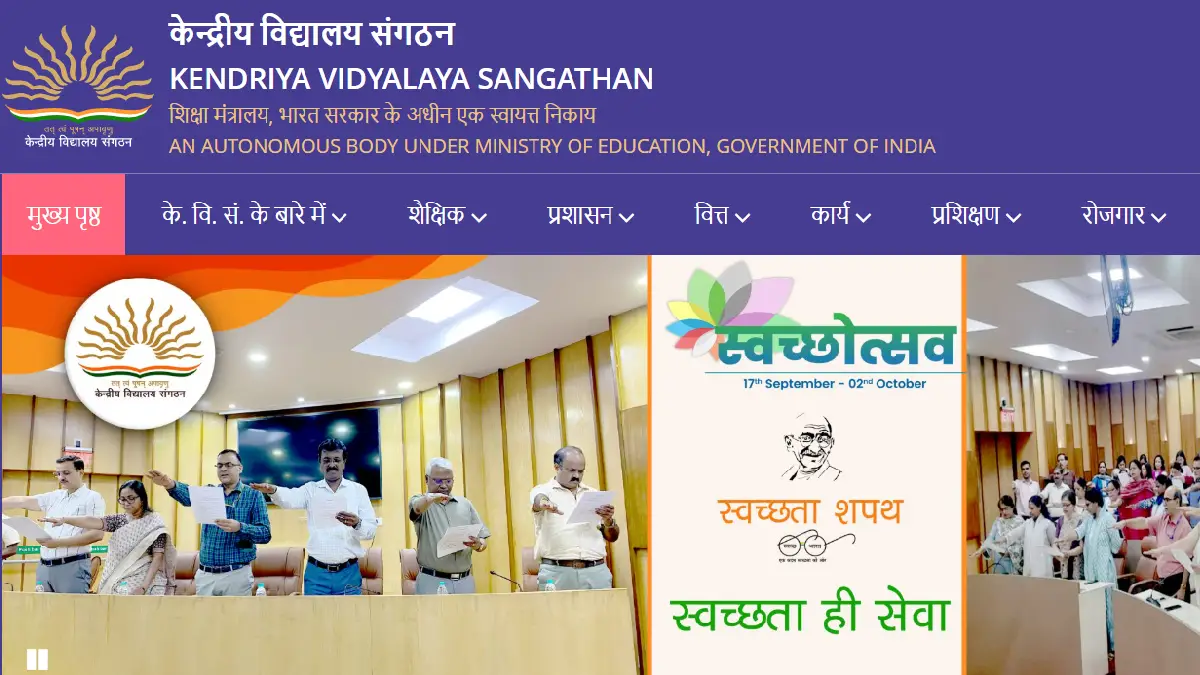New Delhi In a landmark development reshaping global trade dynamics, India has taken a bold step toward internationalizing the Indian Rupee (INR) by enabling BRICS Nations to settle trade transactions entirely in Indian Rupees. This unprecedented initiative, spearheaded by the Reserve Bank of India (RBI), marks a significant shift in the global financial landscape, challenging the long-standing dominance of the US dollar. The move, announced through an official RBI circular on August 5, 2025, comes amid escalating trade tensions and is poised to enhance India’s economic influence while fostering stronger trade ties within the BRICS alliance—Brazil, Russia, India, China, South Africa, and new members Egypt, Ethiopia, Iran, Indonesia, and the United Arab Emirates.
A Strategic Push for Indian Rupee Trade
In BRICS Nations The RBI’s circular allows banks to open Special Rupee Vostro Accounts (SRVAs) without prior approval, streamlining the process for foreign banks to settle cross-border transactions in INR. This policy, effective immediately, builds on a 2022 framework that permitted trade settlements in Indian Rupees. “The decision eliminates bureaucratic hurdles, enabling banks to open SRVAs within 24 hours, provided they adhere to KYC, AML, and CFT regulations under FEMA, 1999, and PMLA, 2002,” an RBI official stated. This reform allows exporters and importers from BRICS nations to invoice and settle trade directly in rupees, bypassing the need for US dollar conversions, thus reducing transaction costs and exchange rate risks.
In BRICS Nations The initiative follows heightened geopolitical tensions, particularly after former US President Donald Trump imposed a 50% tariff on Indian goods, prompting India to strengthen its currency’s global profile. The SRVA mechanism allows foreign entities to hold Indian Rupees in Indian banks, facilitating seamless payments for Indian imports and exports. For instance, when an Indian importer buys from a BRICS partner, payment is credited to the partner’s SRVA in rupees, and vice versa for exports, eliminating third-currency dependency.
Impact on Global Trade
In BRICS Nations, Analysts suggest this move could significantly alter global trade patterns. According to Business Standard, over 80 SRVAs are operational across 20 countries, including Russia, UAE, and Singapore, with trade worth ₹1.34 lakh crore (approximately USD 16 billion) already settled inIndian Rupees since 2022. If 10% of India’s $800 billion annual foreign trade shifts to INR, nearly $80 billion in transactions could bypass the dollar, bolstering India’s financial independence. “India has effectively built a dollar-bypass highway, strengthening its position in global trade, especially with countries facing dollar liquidity issues,” said Radhika Rao, economist at DBS Bank.
The policy extends beyond BRICS Nations, with India inviting 30 countries, including Sri Lanka, Mauritius, and Fiji, to adopt Indian Rupee-based trade. This aligns with Prime Minister Narendra Modi’s advocacy for local currency trade at the 2025 BRICS Summit in Rio, where 90% of intra-BRICS trade was reported to be settled in non-dollar currencies. However, the RBI and Ministry of External Affairs (MEA) have clarified that de-dollarization is not India’s primary goal. “We aim to derisk trade by diversifying payment systems and reducing reliance on a single currency,” said External Affairs Minister S. Jaishankar, emphasizing resilience over rivalry.
Challenges and Clarifications
Despite viral claims suggesting India is pushing BRICS Nations to trade exclusively in Indian Rupees, the MEA has refuted notions of complete de-dollarization. “De-dollarization is not part of India’s financial agenda,” stated MEA spokesperson Randhir Jaiswal on August 14, 2025, addressing speculation following Brazilian President Lula’s comments on a BRICS Nations alternative currency. The dollar remains dominant, with 88% of global forex trades involving USD, per the 2022 Bank for International Settlements survey. Nonetheless, India’s growing forex reserves, exceeding $650 billion, and its strategic trade agreements with nations like Russia and the UAE signal the rupee’s rising global acceptance.
Broader Implications
In BRICS Nations The adoption of rupee-based trade offers multiple benefits: faster settlements, lower conversion costs, and stronger trade links with INR-accepting nations. However, challenges like rupee convertibility and third-party trade dependencies persist. India’s rejection of a single BRICS currency in favor of bilateral rupee agreements reflects a pragmatic approach, balancing economic autonomy with global cooperation. As BRICS nations and others embrace this mechanism, India’s initiative could pave the way for a more multipolar financial order, with the rupee emerging as a viable settlement currency.
This historic move underscores India’s ambition to reshape global trade while navigating complex geopolitical currents, marking a pivotal moment for the BRICS alliance and the Indian economy.







